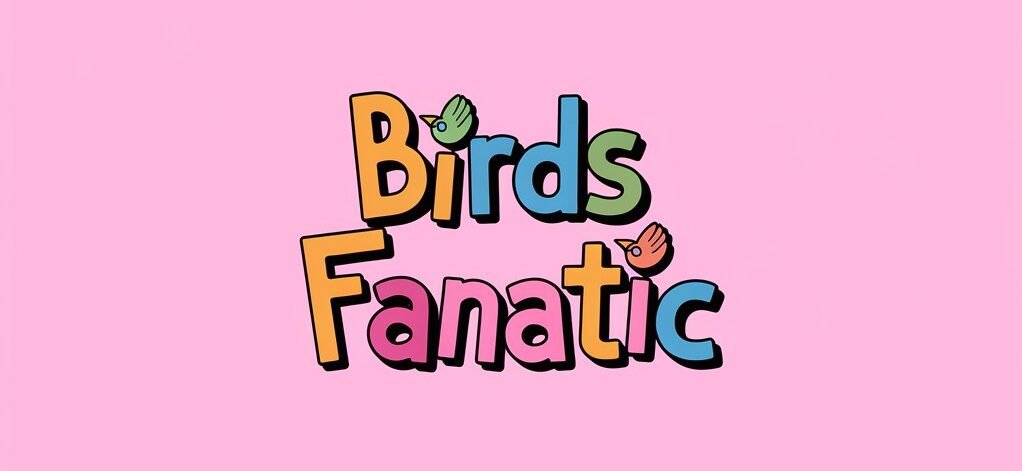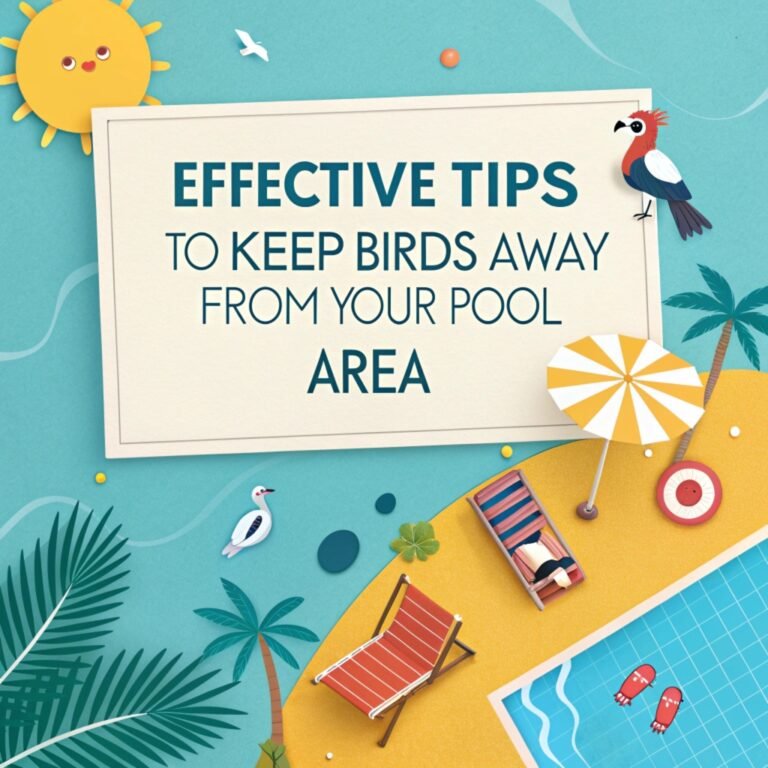Preventing Birds From Eating Your Grass Seed
If you have ever planted grass seed, you may have noticed that birds quickly eat it all. This can be very frustrating. You can reduce their impact by understanding how birds behave and using simple strategies. First, choose the right grass seed and plant it at the right time. This will make your lawn less appealing to birds.
Additionally, there are more ways to protect your lawn. For example, you can cover seeded areas with straw or netting. This can help keep birds away while the grass grows. You can also use scare tactics, like reflective materials or decoys, to deter them. With these steps, you can enjoy a healthy lawn without the stress of birds eating your seed.
Key Takeaways
- Use netting or decoys to physically protect the freshly sown grass seeds from hungry birds.
- Select native, drought-resistant grass seed varieties to minimize attraction for birds.
- Time your seeding for mid-spring or early fall to balance grass health and reduce seed visibility.
- Cover the seeds with mulch or straw to provide protection from birds while retaining moisture.
- Employ bird deterrents like reflective tape and scare devices to repel birds from the area.
Understanding Bird Behavior

Birds are drawn to freshly sown grass seed for a simple reason: they look for food. When you scatter seeds on the soil, the birds notice the exposed ground. This area is easy for them to access, and it offers nutritious seeds. Small birds that eat seeds especially favor this high-energy food.
Understanding this behavior can help you protect your newly planted lawn. You can use netting to cover the area or set up decoys to divert the birds.
These strategies keep your seeds safe and make it harder for birds to find them.
Choosing the Right Grass Seed
To keep birds from eating your grass seed, choose the right type of seed. Native grass varieties blend well with the local ecosystem, making them less noticeable to birds.
Native grasses are suited to your area's climate and usually need less care. Look for seeds that resist drought, as they'll grow well even in tough conditions. This reduces the need for extra watering, which can attract birds.
Timing Your Seeding

Timing your seeding is crucial for growing a healthy lawn while reducing bird activity. If you seed early, your grass may grow faster as temperatures rise. However, young seedlings can attract birds looking for food.
Late seeding allows you to avoid early bird issues, but cooler temperatures may slow growth. Aim for mid-spring or early fall to find a good balance. This timing helps your grass grow well and makes it harder for birds to find your seeds.
With careful planning, you can create a thriving lawn while keeping birds away. Remember, timing is essential for a vibrant lawn.
Covering Your Seeds
After choosing the right time to plant seeds, the next step is to cover your grass seeds for protection. Proper covering helps your seeds grow well.
Here are some materials to consider for this process:
- Mulch: It keeps the soil warm and retains moisture.
- Straw: It provides a natural shield and still lets sunlight reach the seeds.
- Erosion Control Blankets: These protect against water runoff and support seed growth.
- Plant Covers: They keep birds and pests away from the seeds.
Using these covering methods increases the chances of successful germination and strong grass growth.
Using Bird Deterrents

Protecting your grass seeds is important. While covering them shields them from weather, using bird deterrents is also crucial.
Various options are available to keep birds away. Reflective tape or aluminum foil can scare birds with their light. Scare devices like owl statues or shiny scarecrows can make birds feel threatened. Sound deterrents, such as wind chimes or recordings of predator calls, can also help.
Combining these methods can be more effective than using just one. By using these strategies, you can effectively protect your grass seeds. This will help create a healthy lawn for you and your community to enjoy.
Creating Natural Barriers
One effective way to stop birds from eating your grass seed is to create natural barriers.
Plant barriers can help set up obstacles that keep birds away. Here are some useful options to consider:
- Thorny shrubs – These plants can form a prickly fence around your lawn.
- Tall grasses – They can block the birds' view and make it difficult for them to see the seeds.
- Flowering perennials – These add beauty and also act as a natural bird deterrent.
- Dense ground cover – This reduces open space, making it less appealing for birds.
Employing Visual Scare Tactics
Using visual scare tactics can effectively keep birds away from your grass seeds.
One method is to set up decoys that look like predators, such as plastic owls or hawks. Place these decoys around your yard to create a realistic threat.
You can also use shiny objects like old CDs or aluminum foil to enhance the scare factor. These reflective items will catch sunlight and produce flashes that can startle birds.
Mix and match these strategies based on your yard's layout. Remember to move the decoys and shiny objects regularly. This change will help maintain their effectiveness, making your grass seeds less appealing to hungry birds.
Keep your yard vibrant and bird-free!
Monitoring and Maintenance
To help your grass seeds grow well and prevent birds from eating them, regular monitoring and maintenance are important.
Follow these four simple steps to keep birds away:
- Check Seed Coverage: Make sure your seeds are spread out evenly to reduce the chances of attracting birds.
- Observe Bird Activity: Look for bird flocks or feeding patterns and adjust your methods based on what you see.
- Inspect for Disturbances: Check for any signs that birds have gotten to your seeds and strengthen barriers as needed.
- Maintain Consistency: Regularly update your protective measures and stay alert.
Frequently Asked Questions
Can I Use Netting to Protect My Grass Seed?
You can use netting to protect your grass seed. There are different types of netting available, and it is important to install them correctly for effective coverage. This will help secure your garden's growth and keep the seeds safe from pests and other dangers. Consider choosing a net that fits your specific needs and make sure it is properly anchored. Enjoy watching your grass grow!
What Time of Year Are Birds Most Active?
Birds are most active in spring when they migrate to find food and nesting sites. During winter, they rely on available resources to survive. Knowing these patterns can help you manage your garden or yard effectively. By understanding when birds are active, you can attract them with food and create a welcoming environment for nesting. Enjoy watching these lively creatures as they return in springtime.
Do Certain Bird Species Prefer Specific Seed Types?
Certain bird species prefer specific types of seeds. For example, sparrows like millet and sunflower seeds. You may have seen this preference in your backyard. Knowing these likes can improve your experience with birds.
Will Chemicals Deter Birds From My Seeded Area?
Chemical repellents can affect how birds act. They may work to keep birds away from your seeded area, but results can differ. To see better outcomes, apply the chemicals regularly and watch for changes in bird activity. This way, you can ensure that your efforts to deter birds are effective.
How Can I Attract Birds Away From My Lawn?
To attract birds away from your lawn, place bird feeders filled with different types of food. This helps bring birds in and encourages them to find food in other areas, keeping your lawn safe and healthy. Consider offering seeds, nuts, or suet to appeal to a variety of birds. Additionally, adding bird baths can provide fresh water and make your yard more inviting for the birds. Enjoy watching them explore and forage in their new spots!

Hello, I’m Amelia White, the founder of birdsfanatic.com. As a lifelong bird enthusiast and spiritual seeker, I’ve always been fascinated by the mystical connections between birds and the human experience. On this site, I share my knowledge and insights into the symbolic meanings and spiritual significance of various bird species, exploring their roles in mythology, folklore, and cultural traditions. Join me on this journey into the world of birds, where we’ll discover the hidden wisdom and guidance that these magnificent creatures have to offer.







